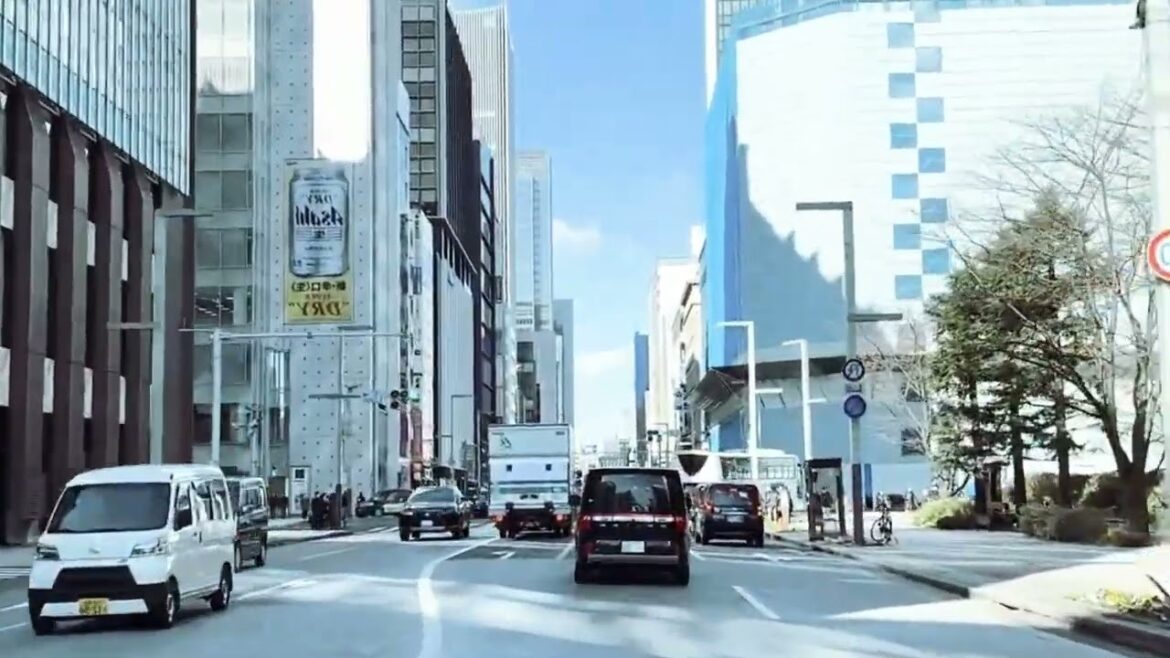#tokyo information about Tokyo
Tokyo, the capital of Japan, is located in the Kanto region in the east of the main Japanese island of Honshu. Home to more than 9,640,742 people, it is not only the most populous capital in the country, but also part of the Japanese metropolitan area as the seat of the Japanese government and Tenno.
Tokyo consists of 23 prefectures on the territory of the city of Tokyo, which were abolished as an administrative unit in 1943 and are therefore no longer a separate regional authority; instead, the prefectures with the cities and towns of the western Tama region and the islands of Izu and southern Ogasawara form the prefecture of Tokyo. This in turn forms the center of the Tokyo-Yokohama metropolitan area, which is home to more than 38.5 million people (as of 2019), making the area the largest metropolitan area in the world.
Today, Tokyo is the industrial, commercial, educational, and cultural center of Japan, with many universities, colleges, research institutes, theaters, and museums. It is also the country’s transport hub, with Narita and Haneda airports and a starting point for most Shinkansen lines. Tokyo Financial Center is not only the largest in Japan, it is also one of the five largest centers in the world along with London, New York and Hong Kong. In addition, the city has a high level of prices and was ranked ninth among the world’s most expensive cities in a 2014 study.
In recent years, Tokyo has become an increasingly popular tourist destination, ranking first among the top 20 most visited cities with up to eight million international visitors annually.
Tokyo Weather
Tokyo is located in the climate zone of the subtropical eastern side. According to the classification of the climate of Kuppen, the city belongs to the moderately warm marine climate. Summers are hot and humid (30°C during the day and 20°C at night), and winters are dry and sunny (10°C during the day and around 0°C at night); sometimes it snows. The rainy season with daily showers lasts from late June to mid-July. It is caused by humid winds coming from the western Pacific Ocean. After that – from mid-July until the end of August – it is constantly hot with high humidity.
The average annual temperature in Tokyo is 15.6 °C, and the average annual rainfall is 1466.8 mm. The warmest month is August with an average of 27.1°C, and the coldest month is January with an average of 5.2°C. Most of the rainfall falls in September with an average of 208.5 mm, the lowest in December with an average of 39.6 mm.
Population
Tokyo has been home to more than a million people since the eighties of the nineteenth century. Since the late forties, the Tokyo metropolitan area has grown again rapidly, both in terms of area and population. About a quarter of Japan’s total population lives there. Its outer border is between 40 and 70 kilometers from the city center. After a temporary rise in 1965 the population of the 23 provinces has decreased, but is currently increasing again due to reurbanization and at the same time surpassing the 1965 level.
The combined population of the 23 counties is 9,640,742 (as of March 1, 2021). Along with neighboring prefectures Kanagawa, Saitama and Chiba, Greater Tokyo forms the largest contiguous metropolitan area in the world with 37.4 million inhabitants (2017). The metropolitan area is home to 27 cities with over 200,000 inhabitants, 17 cities with over 300,000 inhabitants, and eight cities with over 500,000 inhabitants.
Tokyo has three other huge cities such as the suburbs: Yokohama, Saitama, and Kawasaki. About 900,000 people live in the eastern suburb of Chiba. Yokohama, located south of Tokyo, has a population of 3.6 million, and its population is roughly Berlin or Madrid.
According to the United Nations, the urban area’s population grew from 11.3 million in 1950 to more than 37.4 million in 2017. It is expected to have a population of 32.6 million in 2050, meaning Tokyo will lose its status as the world’s largest population group. The population is expected to reach 25.6 million by 2100.
Economy and infrastructure in Tokyo
According to a study from 2014, the Tokyo metropolitan area generates a gross domestic product of US$1,617 billion. In the ranking of the most economically powerful urban areas, the city ranked first. As such, it is considered an independent country and will be among the 10 largest economies in the world. GDP per capita is USD43,664. The Tokyo metropolitan area employs 19.3 million workers.
Many factories, universities, hospitals, and other institutions have moved to the outskirts of Tokyo since the thirties. Since the mid-fifties, this process has accelerated when Japan experienced a remarkable economic boom. Due to population growth, subcenters appeared in (then) remote areas such as Ikebukuro, Shinjuku and Shibuya. Many service companies have settled there – including retail and finance. Meanwhile, Tokyo metropolitan

